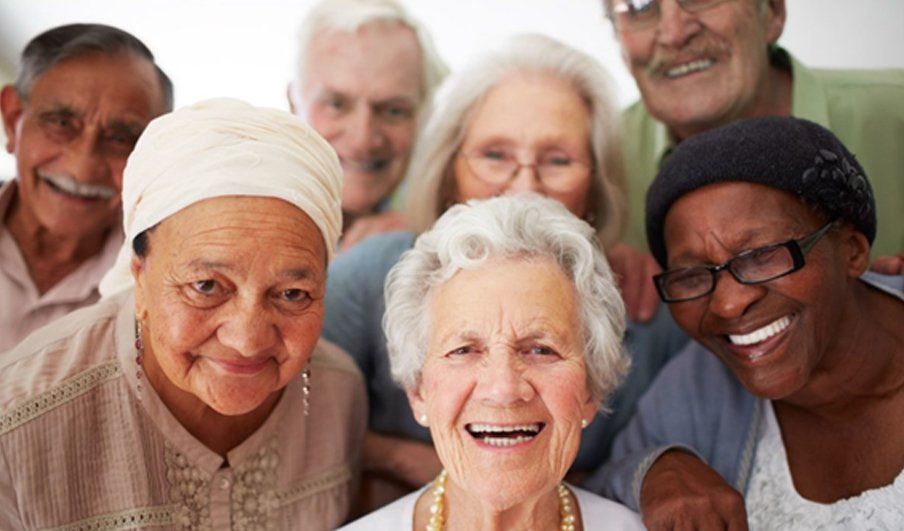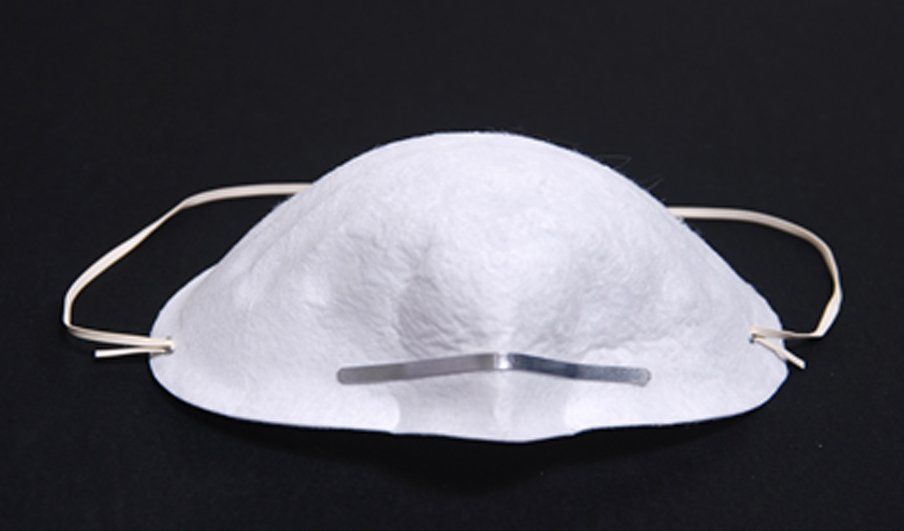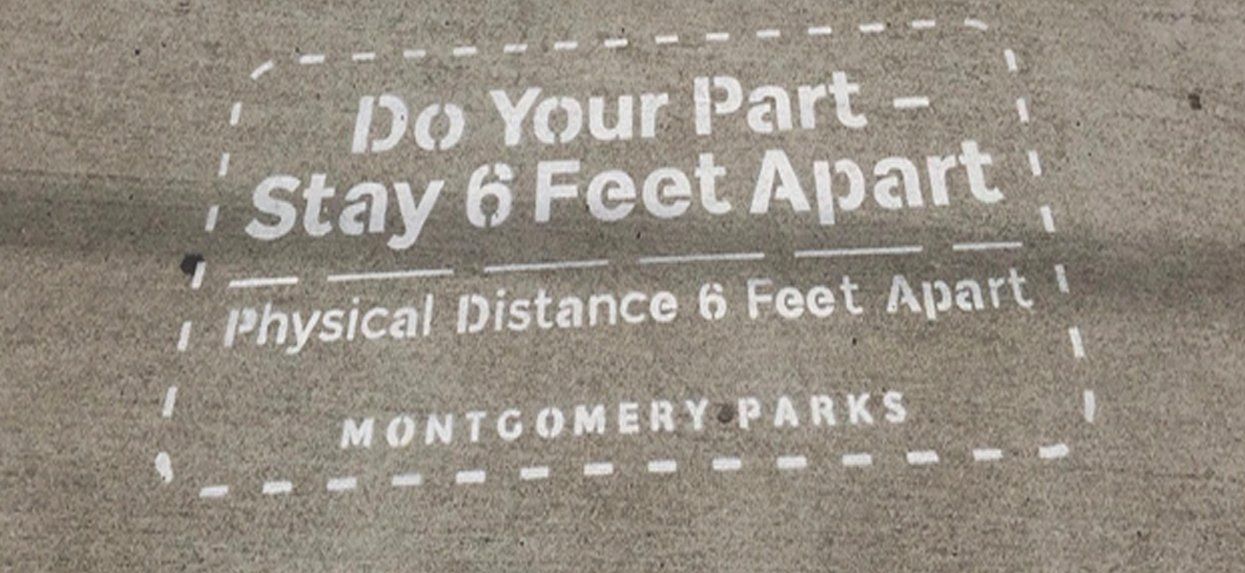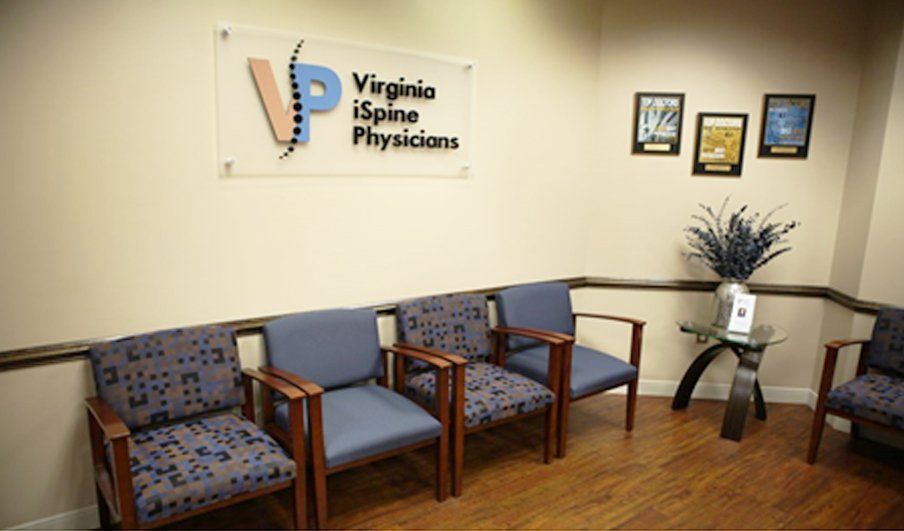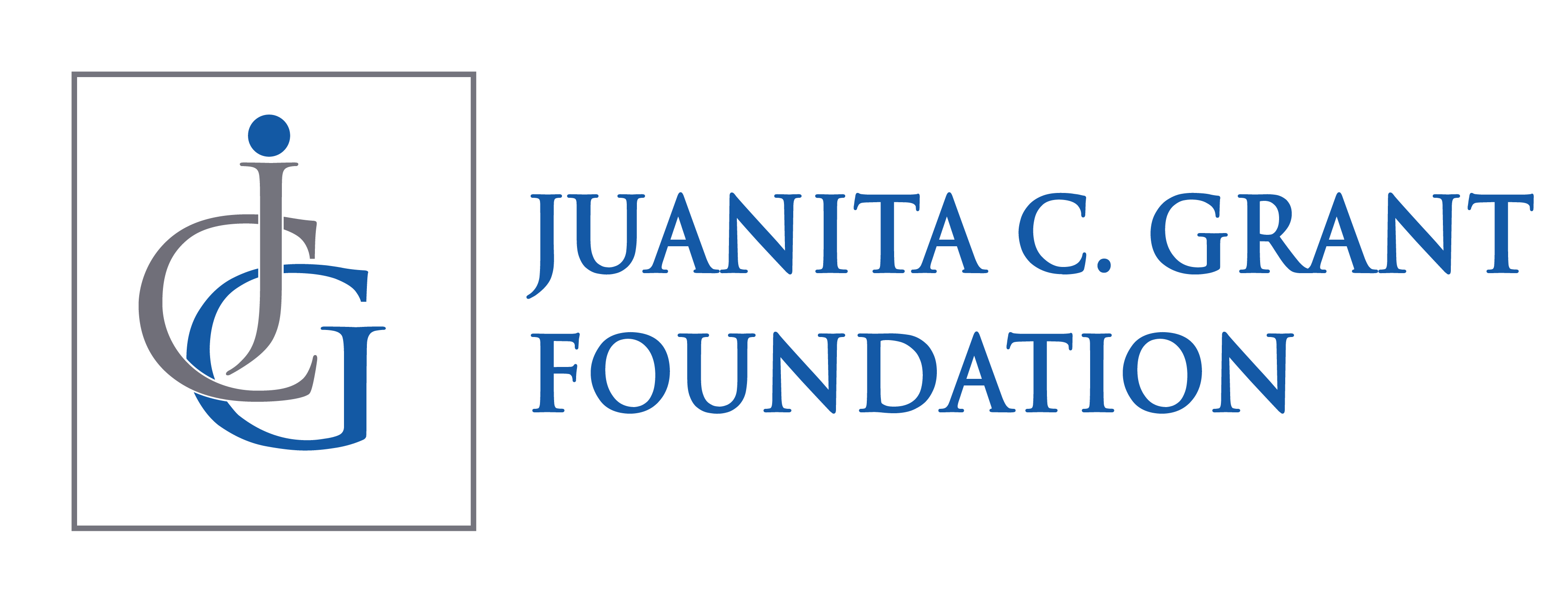Regaining Our Groove After Being Cooped Up (Part 1)

I enjoy going to the gym, exercising, outdoor activities, and walking the neighborhood when the weather is good. For so many of us, these activities were halted because we were housebound and instructed to adhere the social distancing mandate to prevent the spread of COVID-19. Being an avid walker, I was not too thrilled about these restrictions, so I maintained my exercise routine the best I could indoors. Believe it or not, many of us felt confined and are still struggling with the effects of physical, emotional, and cognitive challenges following months of being cooped up indoors. Do you agree?
Stopping normal activities, or even mingling with other people can have a tremendous bearing on older adults especially when many of us are postponing going to the doctor for routine medical checkups because we are still afraid of becoming infected and gravely ill from the virus. Well, if we don’t address or confront these fears and issues, we are likely to face poorer health challenges and increased medical problems.
So, what are our next steps? Since most of us are vaccinated and boosted, and anxious to venture outdoors again, let’s begin with scheduling our medical appointments to make sure we are physically ready to be active after being housebound for almost two years or more. If we have concerns about going to the clinic or doctor’s office, another option is to schedule a virtual visit, which is a new and convenient way to connect with healthcare professionals. Stay tuned for Part 2-Tips To Get Us Moving!
Bernice Lowe Flowers, Board Member
Must Read Newsletter
Sign up for news and events
Newsletter
Most Popular

